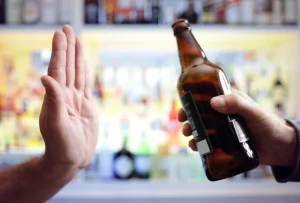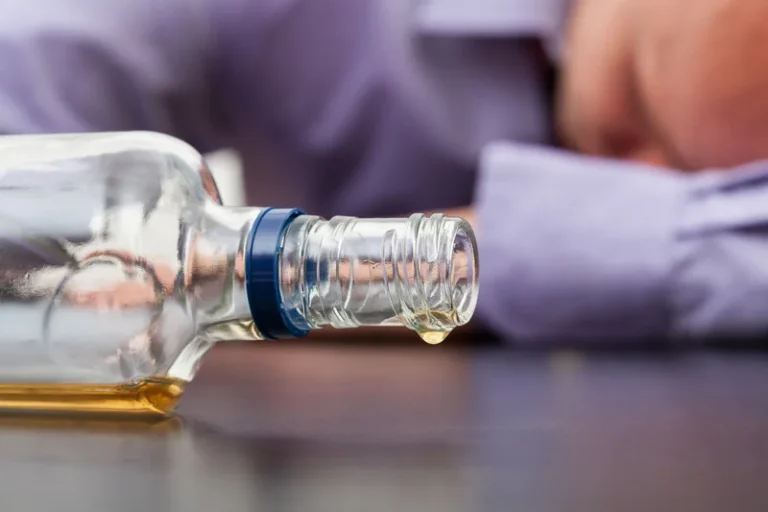
“Excessive alcohol consumption can cause nerve damage and irreversible forms of dementia,” Dr. Sengupta warns. If you drink every day, or almost every day, you might notice that you catch colds, flu or other illnesses more frequently than people who don’t drink. That’s because alcohol can weaken your immune system, slow healing and make your body more susceptible to infection.
Apostolidou 2015 published data only
- She has over a decade of direct patient care experience working as a registered nurse specializing in neurotrauma, stroke, and the emergency room.
- Of the 32 included studies, seven studies used a manual mercury sphygmomanometer or a semi‐automated sphygmomanometer for BP measurement (Bau 2005; Dai 2002; Karatzi 2005; Kojima 1993; Potter 1986; Rossinen 1997; Van De Borne 1997).
- In many ways, your medical history (and present) can tell you a lot about your future with alcohol.
Impairment of baroreflex sensitivity results in failure to sense the increase in heart rate and maintenance of cardiovascular homeostasis. Kawano 2000 reported a reduction in plasma potassium levels after alcohol consumption, which might provide another reason for the increase in heart rate. Medium‐dose alcohol decreased systolic blood pressure (SBP) by 5.6 mmHg and diastolic blood pressure (DBP) by 4 mmHg within the first six hours of consumption.

Stubbs 1995 published data only
That fourth drink at the bar may feel like it’s relaxing you, but it’s actually affecting your body differently than you might think. This is especially true when you engage in binge drinking (that’s defined as four or more drinks within two hours for women and people assigned female at birth, and five or more drinks within two hours for men and people assigned male at birth). More contemporary studies have not found evidence of mitochondrial injury in biopsy samples how does alcohol affect blood pressure from long-term alcohol drinkers (Miró et al. 2000). Differences among results from human studies may relate to small sample sizes, duration of drinking, and degree of myocardial dysfunction. In the Miró study, alcohol drinkers also had been receiving pharmacologic treatments such as beta-adrenergic blocking agents that reduce blood pressure and also may have antioxidant effects. Pathophysiologic schema for the development of alcoholic cardiomyopathy (ACM).
Botden 2012 published data only
There is likely a dose‐response effect of alcohol on BP, as the effects of alcohol appeared to last longer with higher doses. We intended to find out the dose‐dependent changes in SBP, DBP, mean arterial pressure (MAP), and HR https://ecosoberhouse.com/ after consumption of a single dose of alcohol. Because the numbers of included studies that fell into our pre‐specified dose categories were not comparable, we were unable to conduct a comprehensive dose‐dependent analysis.

- The RAAS is responsible for maintaining the balance of fluid and electrolytes.
- So, we had to calculate missing MAP values from reported SBP and DBP values using the formula mentioned in the protocol and we imputed the SE/SD for those.
- In this study, all test drinks were poured into paper cups to achieve blinding of participants.
- But your heart is an important organ that should also be cared for, so be sure to drink in moderation, learn about binge drinking and know what your body can (and can’t) tolerate before opening that tab.
- The study also didn’t look at how different types of alcohol influenced blood pressure.
- Regular excessive drinking has a clear link to ongoing high blood pressure.
As noted in the text, the exact amount and duration of alcohol consumption that results in ACM in human beings varies. The exact sequence of the development of ACM remains incompletely understood. Data from animal models and human beings with a history of long-term drinking suggest that oxidative stress may be an early and initiating mechanism.
Durocher 2011 published data only
The regular consumption of over 30 g/day of alcohol increases hypertension risk in linear proportion to the dosage and may independently cause cardiac damage in hypertensive patients. The type of alcoholic beverage also determines the impact on health, with red wine being considered healthy, for instance, due to the high polyphenol content. Most importantly, masked hypertension, where patients are hypertensive at home but not in the doctor’s office, is as serious a health risk as sustained hypertension. On average, a regular heart rate is about 60 to 100 beats per minute when your body is at rest. But alcohol can lead to your heart rate temporarily jumping up in speed, and if it goes over 100 beats per minute, it can cause a condition called tachycardia.

We most often used the reported endpoint SE/SD value to impute the SE/SD of MD. This is known to provide a good approximation of the SD of change in BP so is unlikely to lead to bias. Also, only 10 out of 32 studies reported changes in MAP after alcohol consumption along with SE/SD (Buckman 2015; Dumont 2010; Foppa 2002; Karatzi 2005; Karatzi 2013; Kojima 1993; Maufrais 2017; Maule 1993; Narkiewicz 2000; Van De Borne 1997). So, we had to calculate missing MAP values from reported SBP and DBP values using the formula mentioned in the protocol and we imputed the SE/SD for those. High‐dose alcohol decreased SBP by 3.49 mmHg within the first six hours, and by 3.77 mmHg between 7 and 12 hours after consumption.
Brown 1981 published data only
However, the result was heterogeneous; therefore, we are unable to make any implications from this. Alcohol has been a part of almost every human culture for a very long time (McGovern 2009). According to the World Health Organization (WHO), around 2.3 billion people globally drink alcohol, and most of them are from the European region. On average, drinkers consume 32.8 grams of pure alcohol per day, and beer (34.3%) is the most consumed alcoholic beverage (WHO 2018). In the United States, 14 grams of pure alcohol is considered as one standard drink or one unit, and the maximum daily limit for men and women is four and three drinks, respectively (NIAAA 2017).
Zilkens 2005 published data only
Finally, in studies of people from certain Eastern European countries, investigators have failed to find a cardioprotective effect with any level of ethanol consumption (Britton and McKee 2000). This suggests that alcoholic beverage type may be an important mediator, because in countries such as Russia, spirits are the alcoholic beverage of choice. However, the negative associations between alcohol consumption and CV outcomes in these countries also may relate to pervasive patterns of binge drinking (Leon et al. 2009). Older studies had shown potential benefits of moderate drinking of red wine, but more recently it has been proven that no level of alcohol consumption is considered safe, or can reduce the risk of hypertension. We also found moderate‐certainty evidence showing that alcohol raises HR within the first six hours of consumption, regardless of the dose of alcohol.

MAPKs are activated in response to stressful stimuli and help regulate apoptosis. There also is desensitization of the mitochondrial permeability transition pore, which can mitigate ischemia–reperfusion injury (Walker et al. 2013). In addition, alcohol may attenuate ischemia–reperfusion injury by activating protein kinase C epsilon (PKCɛ) (Walker et al. 2013). Activation of PKCɛ may protect the myocardium against ischemia–reperfusion injury by stimulating the opening of mitochondrial ATP-sensitive potassium channels. This in turn prevents the opening of the mitochondrial permeability transition pore (Walker et al. 2013).
